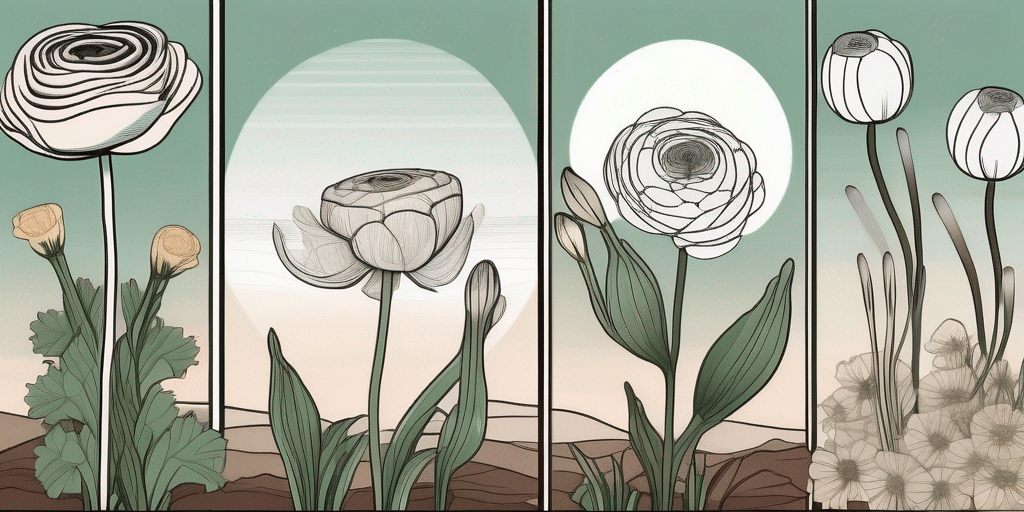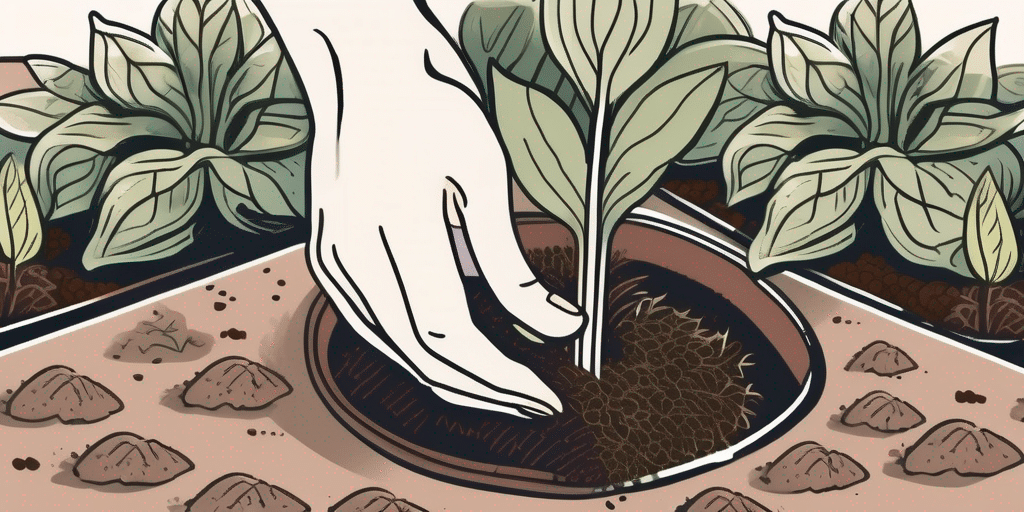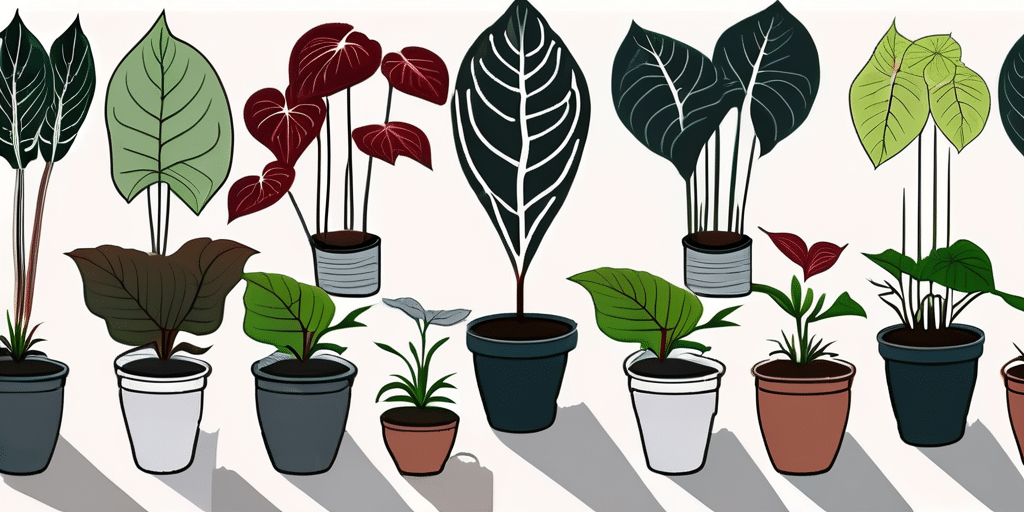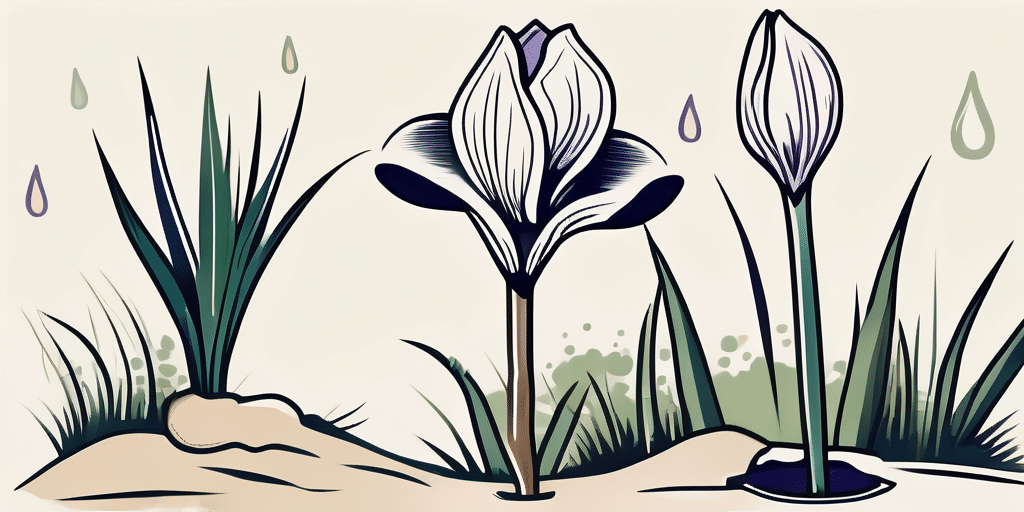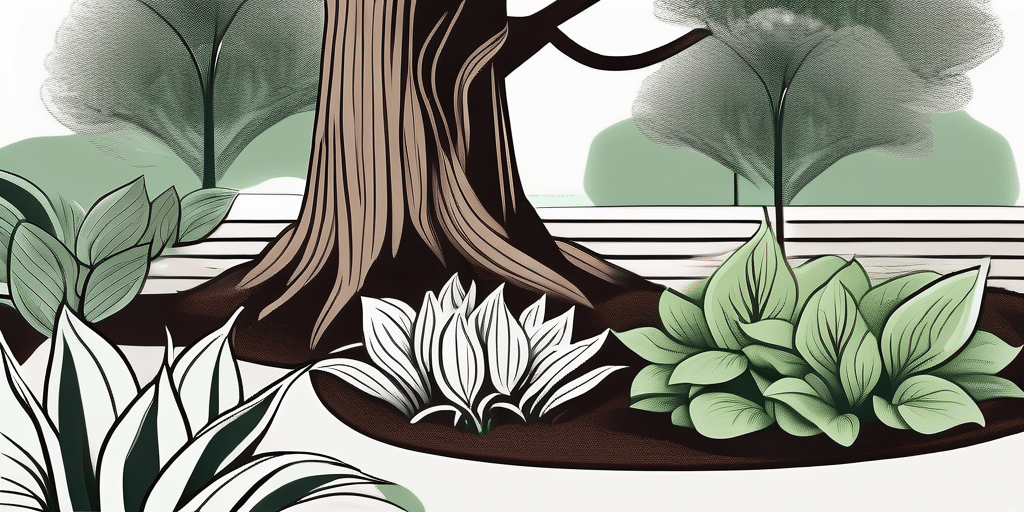Sunflowers are not only beautiful and vibrant, but they also symbolize positivity, warmth, and happiness. Growing sunflowers in your garden can bring joy and a touch of nature to your surroundings. Whether you’re a beginner or an experienced gardener, this comprehensive guide will provide you with the essential knowledge and steps to successfully grow sunflowers. Read on to learn more about the different sunflower varieties, essential growing conditions, planting techniques, and the care they require.
Understanding Sunflower Varieties
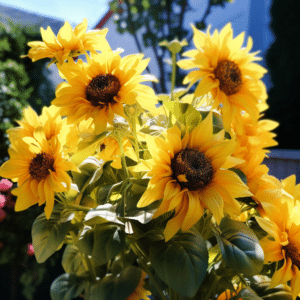
Sunflowers come in various shapes, sizes, and colors. Understanding the different sunflower varieties will help you choose the right ones for your garden. Let’s explore the differences between annual and perennial sunflowers, as well as popular sunflower types.
When it comes to sunflowers, there are two main categories: annual and perennial. Annual sunflowers complete their life cycle within one growing season. They germinate, flower, produce seeds, and then die. This means that you’ll need to replant them each year if you want to enjoy their vibrant blooms. On the other hand, perennial sunflowers live for multiple years, producing flowers season after season. These sunflowers establish themselves over time, growing taller and more robust with each passing year.
Both annual and perennial sunflowers have their own unique charm. Annual varieties provide a burst of color and are often used as cut flowers. Their vibrant petals can range from sunny yellows to deep oranges and even rich burgundies. These sunflowers are perfect for adding a pop of color to your garden or brightening up a bouquet.
Perennial varieties, on the other hand, offer a more long-lasting presence in your garden. They may not have the same immediate impact as annuals, but they make up for it with their endurance. Perennial sunflowers have the ability to establish deep root systems, allowing them to withstand harsh weather conditions and come back year after year. As they mature, these sunflowers can grow taller and more robust, creating a stunning display of blooms that only gets better with time.
Popular Sunflower Types
Now that we understand the difference between annual and perennial sunflowers, let’s take a closer look at some of the most popular sunflower types.
Tall sunflowers are perhaps the most iconic and recognizable variety. These towering beauties, like the ‘Russian Mammoth’ or ‘American Giant’ varieties, can reach heights of up to 12 feet. Their impressive stature makes a grand statement in the garden, attracting attention from both humans and pollinators alike. With their large, vibrant heads turning towards the sun, these giants provide a stunning backdrop for any landscape.
If you have limited space or prefer smaller plants, dwarf sunflowers are the perfect choice. These compact varieties, such as the ‘Teddy Bear’ or ‘Dwarf Sunspot’ sunflowers, offer all the beauty of their taller counterparts in a more manageable size. Their shorter stature makes them ideal for containers, borders, or even as a colorful addition to your balcony or patio. Don’t let their size fool you, though – these sunflowers still pack a punch with their vibrant blooms.
For those looking to add a touch of whimsy and visual interest to their garden, specialty sunflowers are the way to go. These unique varieties, like the ‘Autumn Beauty’ or ‘Red Sun’ sunflowers, offer characteristics that set them apart from the rest. From multiple heads that create a stunning display of blooms to bi-colored petals that add an extra layer of visual appeal, specialty sunflowers are sure to make a statement in any garden. Planting a few of these varieties will add a touch of magic and intrigue to your outdoor space.
Now that you have a better understanding of sunflower varieties, you can choose the ones that best suit your garden and personal preferences. Whether you opt for the vibrant colors of annual sunflowers, the enduring beauty of perennial sunflowers, or the unique characteristics of specialty sunflowers, these stunning blooms are sure to bring joy and beauty to your outdoor space.
Essential Sunflower Growing Conditions

For successful sunflower growth, it’s crucial to provide them with the optimal conditions. Sunflowers are relatively easy to grow, but they do have specific preferences when it comes to sunlight, soil, temperature, and climate.
Sunlight Requirements
Sunflowers are sun-loving plants, requiring at least 6-8 hours of direct sunlight per day. Choose a spot in your garden that receives ample sunlight to ensure healthy and vigorous growth.
When planting sunflowers, keep in mind that they should face east, so they can catch the morning sun as it rises in the east and follows its path throughout the day.
Soil Preferences
Well-draining soil is crucial for sunflower growth. Sunflowers prefer soil that is moderately fertile and has good drainage properties. Avoid heavy clay soils, as they can create issues with waterlogged roots.
Before planting sunflowers, prepare the soil by loosening it with a garden fork or tiller. Incorporate organic matter, such as compost or well-rotted manure, to improve the soil structure and nutrient content.
Ideal Temperature and Climate
Sunflowers are hardy plants that thrive in warm weather. The ideal temperature range for sunflower growth is between 70-78°F (21-26°C). Sunflowers are adaptable to various climates, however, they prefer areas with long, hot summers.
If you live in a region with shorter summers or cooler temperatures, consider choosing sunflower varieties with a shorter maturation period or using protective covers to extend the growing season.
Steps to Planting Sunflowers
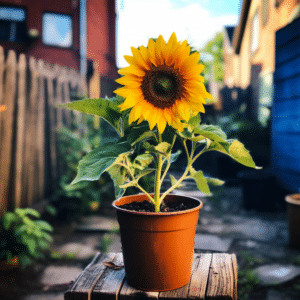
Now that you understand the different sunflower varieties and their preferred growing conditions, let’s dive into the steps of planting sunflowers. Follow these guidelines to ensure a successful start for your sunflowers.
When to Plant Sunflowers
Sunflowers are typically planted in the late spring after the last frost has passed. Soil temperatures should be around 50-60°F (10-15°C) for optimal germination. If you’re unsure about the soil temperature, you can use a soil thermometer to check.
However, if you live in a region with a short growing season, you can start sunflowers indoors 2-4 weeks before the last frost date and transplant them outside once the weather warms up.
Preparing the Soil
Before sowing sunflower seeds, it’s important to prepare the soil properly. Remove any weeds, rocks, or debris from the planting area. Loosen the soil using a garden fork or tiller, ensuring it’s crumbly and well-aerated.
If your soil lacks fertility, amend it by incorporating organic matter such as compost or well-rotted manure. This will provide essential nutrients and improve the soil structure, allowing better water penetration and root development.
Sowing Sunflower Seeds
Sunflowers can be directly sown into the garden or started indoors in biodegradable pots. If sowing directly, create small holes in the soil, spaced according to the sunflower variety’s recommended spacing. Place one or two seeds in each hole and cover them with soil.
Keep the soil consistently moist until germination occurs, usually within 7-14 days. When the seedlings have developed their first set of true leaves, thin them out if needed, leaving only the sturdiest seedling in each planting hole.
Caring for Your Sunflowers
Once your sunflowers have emerged and are growing steadily, it’s important to provide them with proper care. This includes regular watering, appropriate fertilization, and protection against pests and diseases.
Watering Schedule
Sunflowers have moderate water needs. They prefer consistently moist soil, especially during their early growth stages. Water them deeply once or twice a week, depending on the weather conditions and rainfall.
When watering sunflowers, avoid overhead irrigation, as wet foliage can lead to fungal diseases. Instead, water the base of the plants, allowing the water to reach the root system directly.
Fertilizing Needs
Sunflowers are relatively low-maintenance plants when it comes to fertilization. Incorporating organic matter into the soil during the initial preparation should provide sufficient nutrients for their growth.
However, if your soil lacks fertility or your sunflowers show signs of nutrient deficiency, you can apply a balanced organic fertilizer according to the manufacturer’s instructions. Be cautious not to over-fertilize, as excessive nutrients can cause weak stems and fewer flowers.
Dealing with Pests and Diseases
While sunflowers are generally resistant to pests and diseases, they can occasionally encounter issues. Common pests that may affect sunflowers include aphids, slugs, snails, and birds.
To deter pests, you can use physical barriers such as netting or bird scare devices. Additionally, applying organic insecticides or repellents can help control aphid infestations.
In terms of diseases, sunflowers may be susceptible to fungal infections, such as powdery mildew or rust. To prevent the spread of diseases, ensure proper air circulation around your sunflowers by providing adequate spacing between plants.
If necessary, apply fungicides labeled for use on sunflowers, following the instructions carefully. However, prevention through proper care and maintenance is key to avoiding most diseases.
By following these steps and providing the right conditions and care, you can enjoy a bountiful display of sunflowers in your garden. Their vibrant beauty and natural charm will surely bring joy and a touch of sunshine to your outdoor space.
